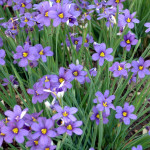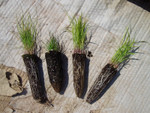Product Description
Blue Eyed Grass
Blue-eyed grass (Sisyrinchium spp.) is not typically a type of grass, despite its name. It is a group of perennial plants that belong to the iris family (Iridaceae). Blue-eyed grass is native to North and South America, and it is known for its small, star-shaped flowers with a bright blue or violet center, which gives it its common name.
Blue-eyed grass typically has slender, grass-like leaves and delicate flowers resembling true irises.
The flowers may also come in shades of yellow or white, but the blue and violet varieties are the most well-known. These plants are found primarily in meadows, prairies, and open woodlands, and they can be grown in gardens as ornamental plants.
Blue-eyed grass is appreciated for its charming appearance and ability to attract bees and butterflies. It's a low-maintenance plant that can add a touch of color and elegance to a garden, primarily when used as a border or in rock gardens.
Blue-eyed grass (Sisyrinchium spp.) is a small, grass-like plant that produces lovely blue or purple flowers. It is a relatively low-maintenance plant, making it a popular choice for gardens and landscaping. Here are some tips on how to take care of blue-eyed grass:
- Sunlight: Blue-eyed grass prefers full sun, at least 6 hours of direct sunlight daily. It can tolerate partial shade, but it may not bloom as profusely in shadier conditions.
- Soil: Blue-eyed grass thrives in well-draining soil. Ensure the soil is adequately compacted and waterlogged, as this can lead to root rot. Adding organic matter like compost can improve drainage and fertility.
- Watering: While blue-eyed grass is relatively drought-tolerant once established, it's essential to keep the soil consistently moist during its initial establishment period. Water the plant regularly during the first few months after planting to help it develop a robust root system. Once established, it only needs occasional watering during dry spells.
- Mulching: Use organic mulch like shredded bark or straw and keep it a few inches away from the plant's base to prevent rot, conserve moisture, supress weeds, and maintain a consistent soil temperature.
- Fertilizing: Blue-eyed grass typically doesn't require much fertilizer. If your soil is impoverished or the plant shows signs of nutrient deficiency (e.g., yellowing leaves), you can apply a balanced, slow-release fertilizer in early spring. Follow the manufacturer's instructions for application rates.
- Pruning: After the blue-eyed grass has finished flowering, you can deadhead (remove spent flowers) to encourage more blooms. In late fall or early spring, you can reduce the foliage to about 2-3 inches from the ground to promote new growth.
- Pests and Diseases: Blue-eyed grass is relatively resistant to pests and diseases. However, watch for aphids or slugs, which can occasionally cause problems. If necessary, use environmentally friendly methods to control these pests.
- Division: Blue-eyed grass can become crowded over time. To rejuvenate the plant and maintain its vigor, you can divide it every few years in early spring. Carefully dig up the plants and separate, then replant the divisions in well-prepared soil.
- Winter Protection: Blue-eyed grass is generally hardy in USDA hardiness zones 4-9. If you live in a colder region, consider adding a layer of mulch or straw in late fall to protect the plant from extreme winter conditions.

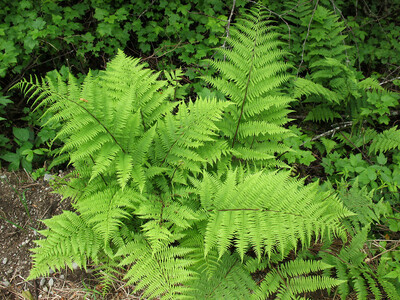 Native Ferns
Native Ferns
 Native Mosses
Native Mosses
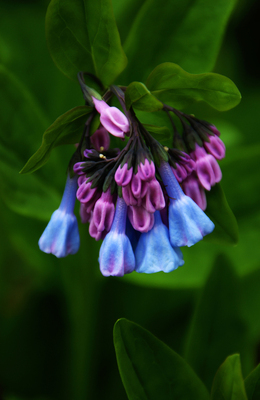 Native Perennials
Native Perennials
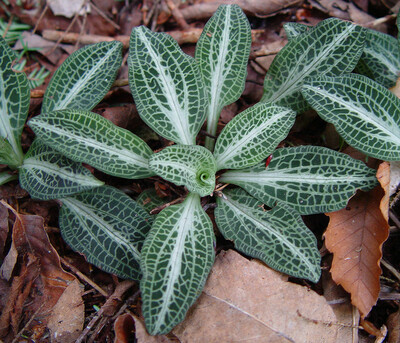 Native Ground Covers
Native Ground Covers
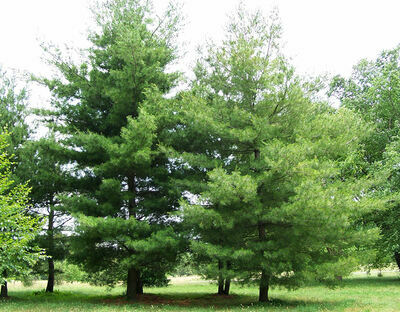 Native Trees
Native Trees
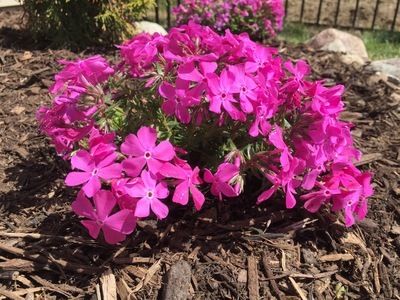 Shop By Zone
Shop By Zone
 Flowering Groundcovers
Flowering Groundcovers
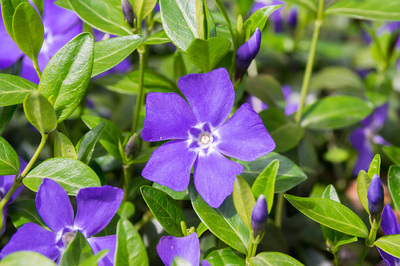 Evergreen Groundcovers
Evergreen Groundcovers
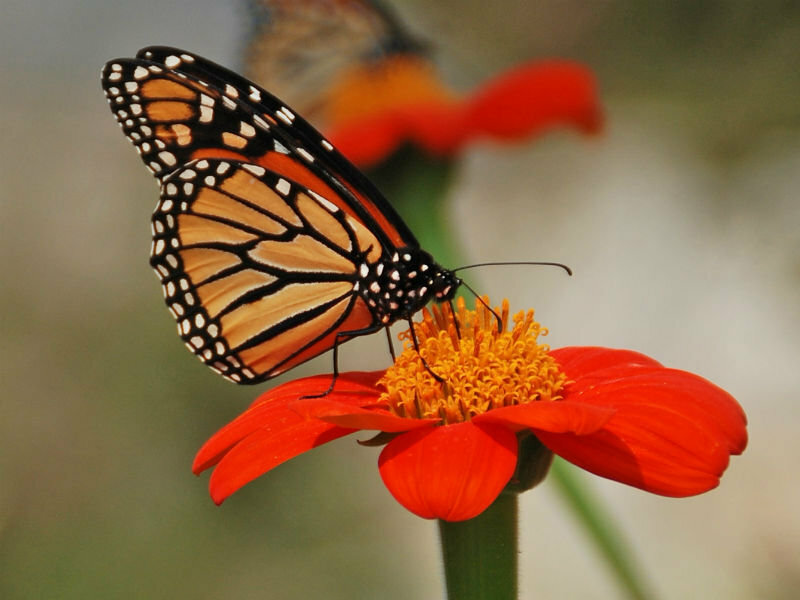 Pollinators
Pollinators
 Shop Bloom Color
Shop Bloom Color
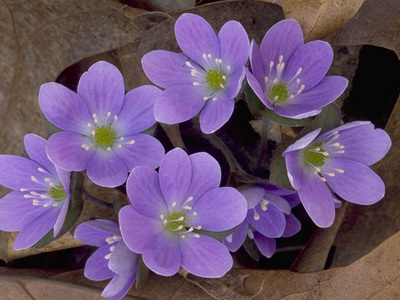 Perennials By Zone
Perennials By Zone
 Medicinal Herb Plants
Medicinal Herb Plants
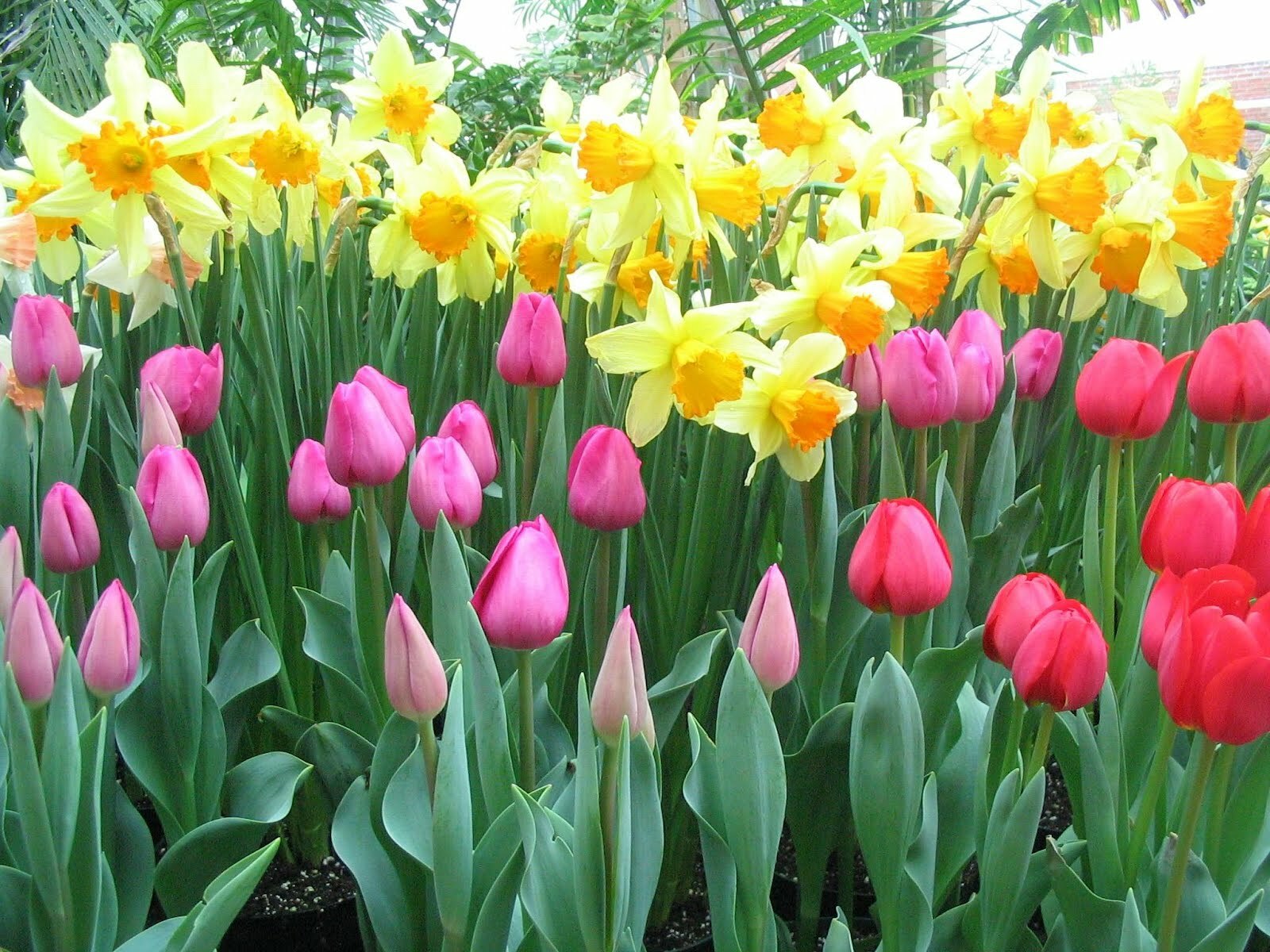 Spring Bulbs
Spring Bulbs
 Trillium
Trillium
 Ferns for Zone 3
Ferns for Zone 3
 Ferns for Zone 4
Ferns for Zone 4
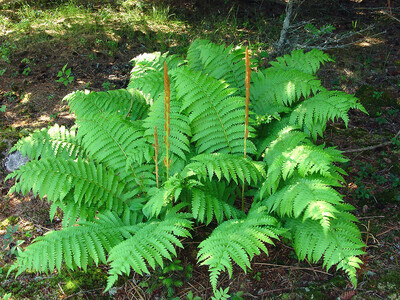 Ferns for Zone 5
Ferns for Zone 5
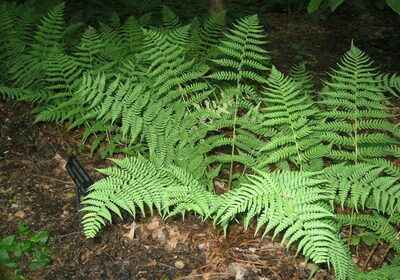 Ferns for Zone 6
Ferns for Zone 6
 Ferns for Zone 7
Ferns for Zone 7
 Ferns for Zone 8
Ferns for Zone 8
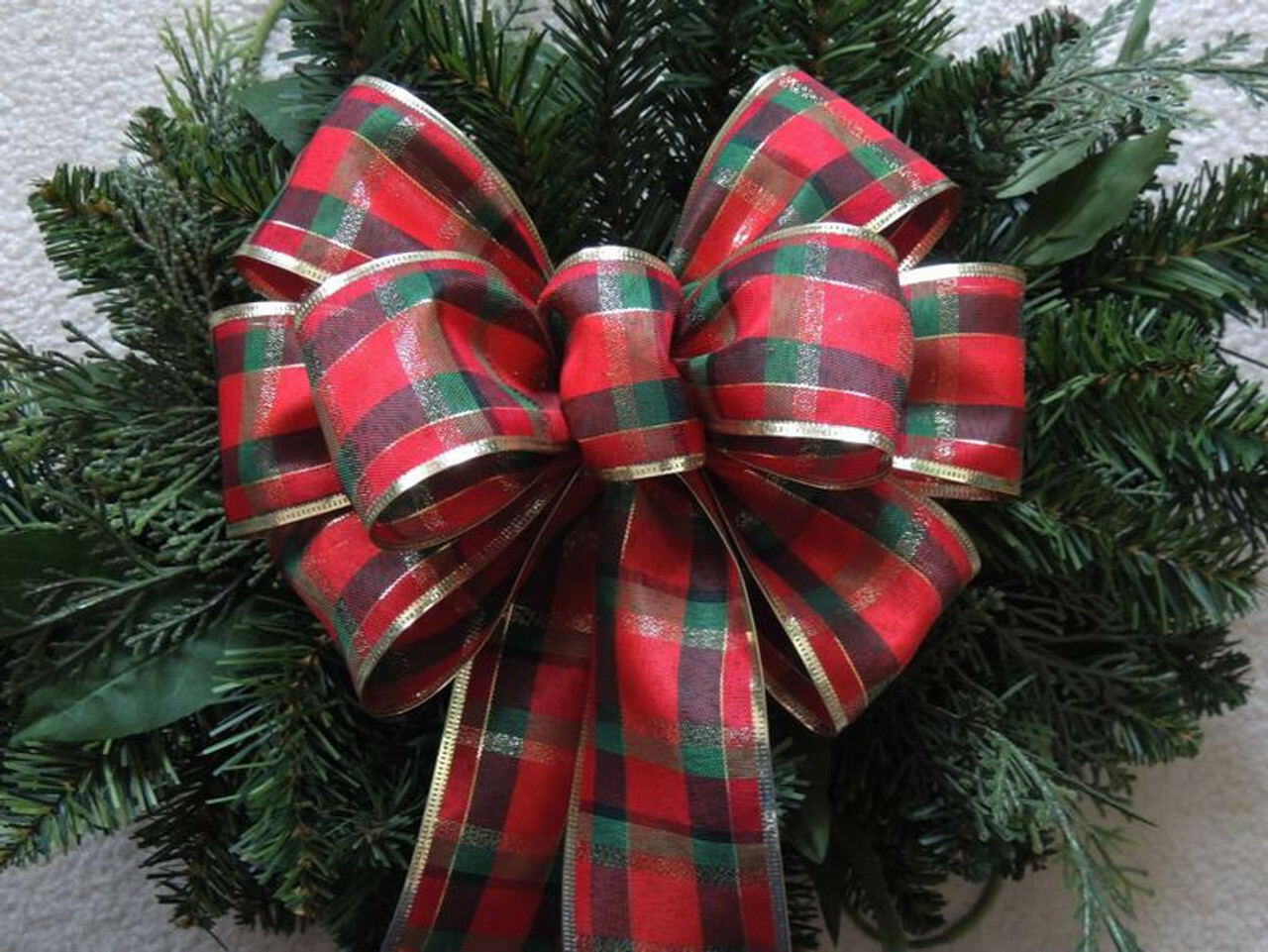 Christmas bows
Christmas bows
 Fresh Wreaths
Fresh Wreaths
 Garlands
Garlands
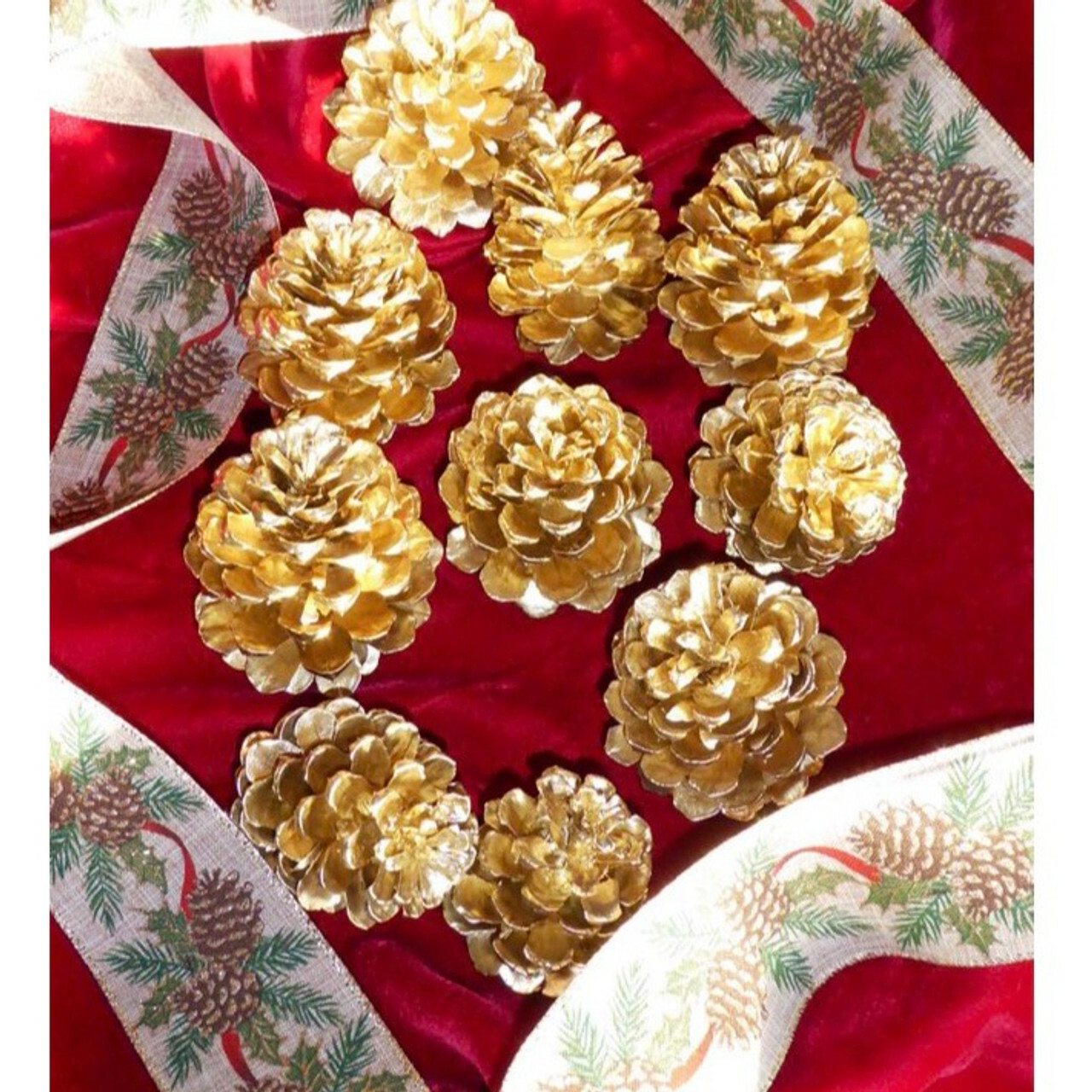 Large Pine Cones
Large Pine Cones
 Live Mistletoe
Live Mistletoe
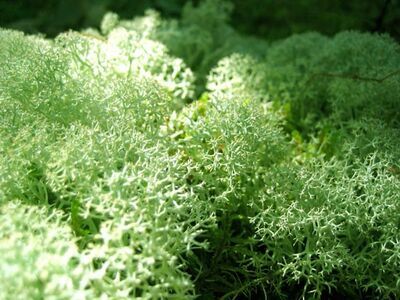 Moss
Moss
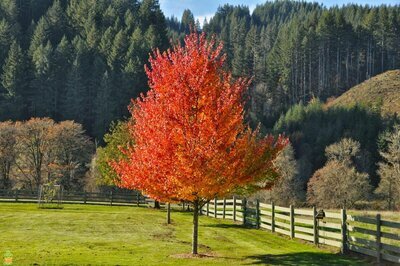 Shop Trees By Zone
Shop Trees By Zone
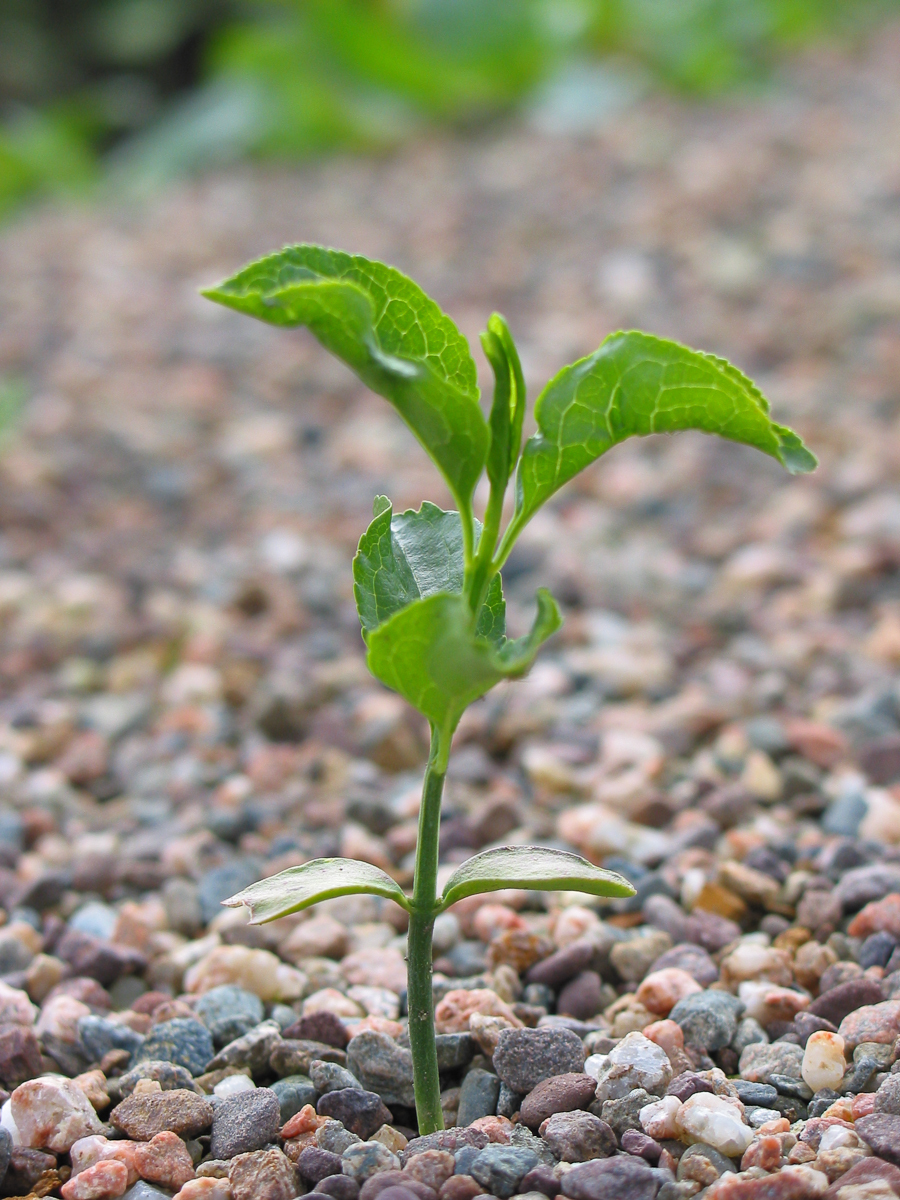 Tree Seedlings
Tree Seedlings
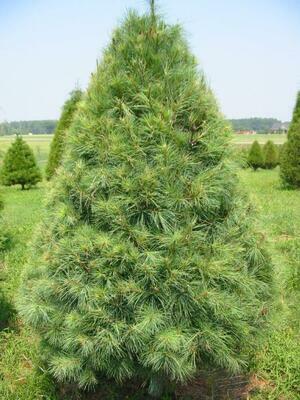 Fast Growing Trees
Fast Growing Trees
 Pine Trees
Pine Trees
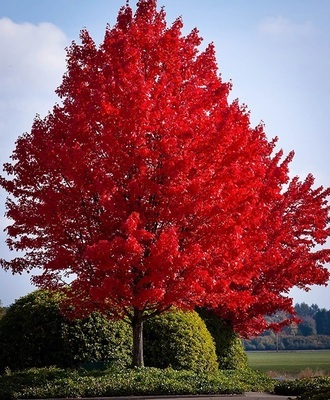 Live Stakes
Live Stakes
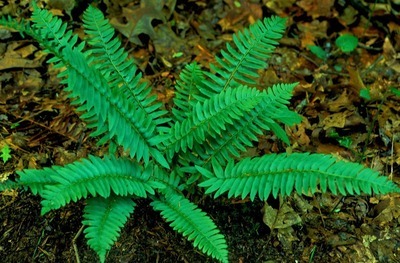 Evergreens
Evergreens
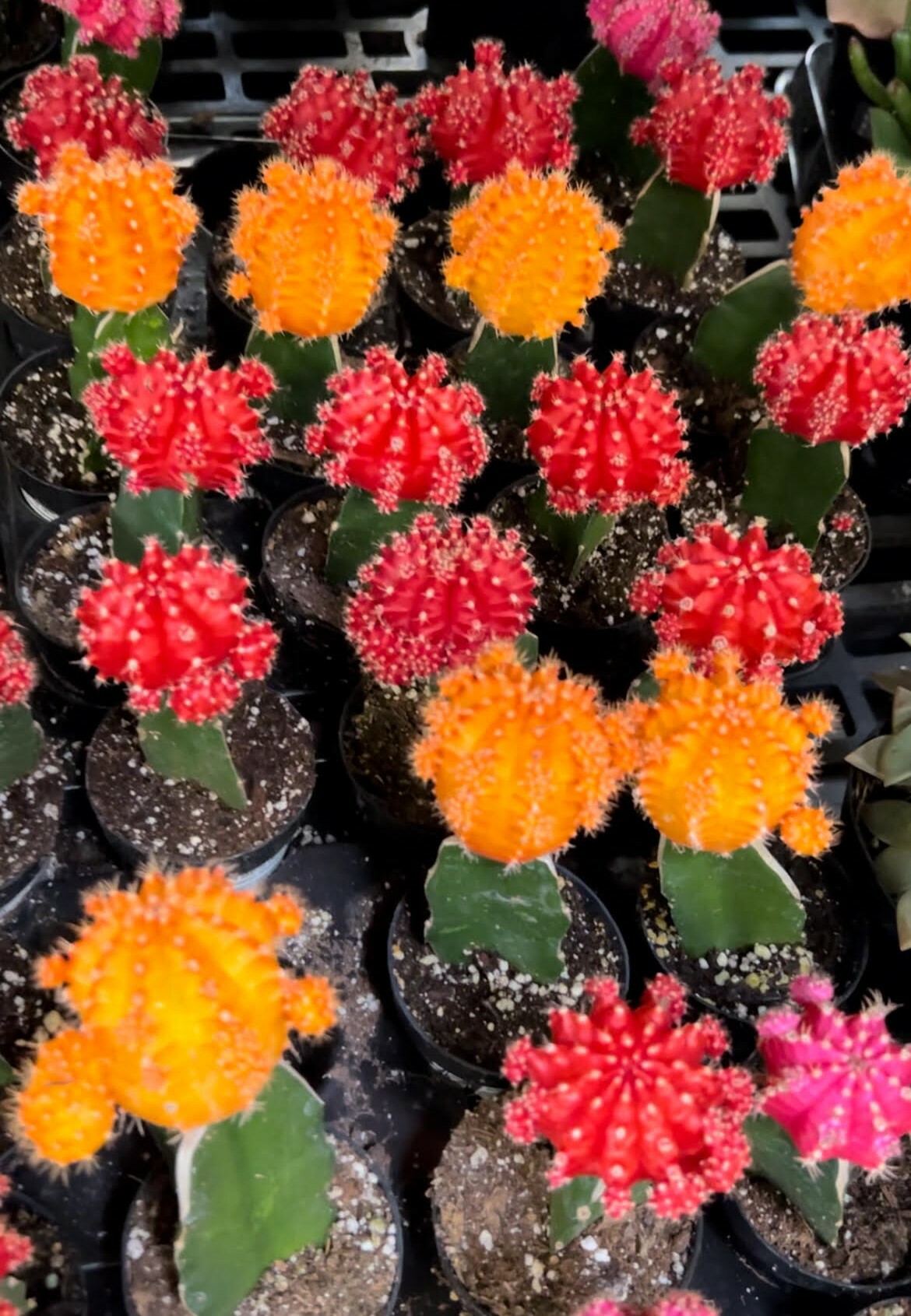 Cactus
Cactus
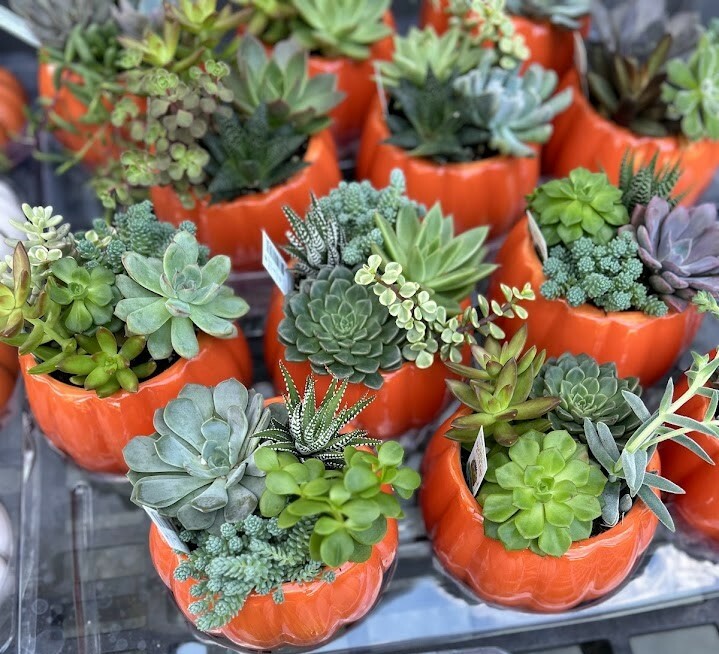 Combos
Combos
 Echeveria
Echeveria
 Haworthia
Haworthia
 Sedum - Stonecrop
Sedum - Stonecrop

